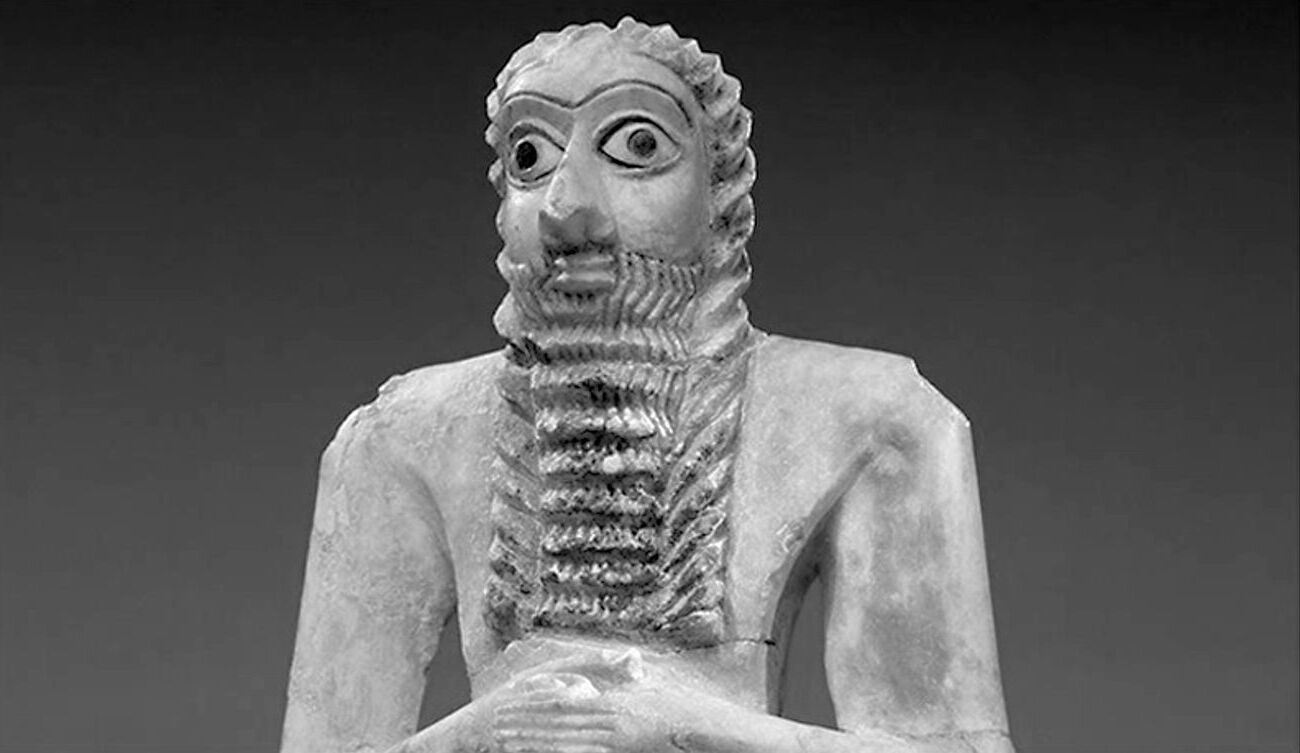
Who was Ea Nasir? Ea Nasir was a copper merchant from ancient Mesopotamia, specifically from the city of Ur, who lived around 1750 BCE. He is famously known for being the subject of one of the earliest recorded customer complaints. A customer named Nanni sent a clay tablet to Ea Nasir, complaining about the poor quality of copper he received and the rude treatment by Nasir's servants. This tablet, written in cuneiform, has survived thousands of years, giving us a glimpse into the business practices and consumer rights of ancient times. Ea Nasir's story highlights that even in ancient civilizations, people faced issues with product quality and customer service.
Key Takeaways:
- Ea Nasir, an ancient Mesopotamian merchant, gained notoriety for selling substandard copper. His story sheds light on early consumer rights and the importance of quality and customer service in ancient trade.
- Despite his bad reputation, Ea Nasir's clay tablets provide valuable insights into ancient Mesopotamian trade and are crucial for understanding the economic history of the region. His story also inspired memes and jokes on the internet.
Who Was Ea Nasir?
Ea Nasir, a merchant from ancient Mesopotamia, has become famous for all the wrong reasons. His story is a fascinating glimpse into the world of ancient trade and customer service.
- Ea Nasir lived in Ur, an important city in ancient Mesopotamia, around 1750 BCE.
- He was a merchant who traded in copper, a valuable commodity at the time.
- Ea Nasir's business dealings are known from clay tablets, which served as letters and contracts.
- These tablets were written in cuneiform, one of the earliest systems of writing.
- Ea Nasir's customers often complained about the quality of his copper.
The Complaints Against Ea Nasir
Ea Nasir's reputation as a merchant is largely shaped by the numerous complaints lodged against him. These complaints give us a unique perspective on ancient consumer rights.
- One of the most famous complaints came from a man named Nanni.
- Nanni accused Ea Nasir of delivering substandard copper ingots.
- He also complained about the delay in delivery.
- Nanni's complaint was written on a clay tablet, which was then sent to Ea Nasir.
- This tablet is now housed in the British Museum.
The Business Practices of Ea Nasir
Ea Nasir's business practices were not just about selling copper. They involved a network of suppliers, customers, and logistical challenges.
- Ea Nasir sourced his copper from the island of Dilmun, modern-day Bahrain.
- He had a network of agents who helped him procure and distribute the copper.
- Ea Nasir often dealt with other merchants and traders in Ur.
- His business transactions were recorded on clay tablets, which served as receipts and contracts.
- These records show that Ea Nasir was involved in long-distance trade.
The Legacy of Ea Nasir
Despite his questionable business practices, Ea Nasir has left a lasting legacy. His story is a reminder that issues of quality and customer service are not new.
- Ea Nasir's clay tablets provide valuable insights into ancient Mesopotamian trade.
- They show that customer complaints were taken seriously, even in ancient times.
- Ea Nasir's story has become a popular topic in discussions about ancient business practices.
- His name is often used as an example of poor customer service.
- Ea Nasir's tablets are studied by historians and archaeologists to understand ancient trade networks.
The Archaeological Significance of Ea Nasir's Tablets
The tablets associated with Ea Nasir are not just historical documents. They are archaeological treasures that offer a window into the past.
- The tablets were discovered in the ruins of Ea Nasir's house in Ur.
- They were found alongside other artifacts, such as pottery and tools.
- The tablets are made of clay and are inscribed with cuneiform script.
- They provide evidence of the administrative practices of ancient merchants.
- The tablets are crucial for understanding the economic history of Mesopotamia.
Fun Facts About Ea Nasir
Ea Nasir's story is not just about complaints and business practices. There are some fun and quirky aspects to his tale.
- Ea Nasir's name has become synonymous with bad customer service.
- He is often referred to as the "world's oldest scammer."
- Ea Nasir's story has inspired memes and jokes on the internet.
- Some people have even created fictional Yelp reviews for Ea Nasir.
- Despite his negative reputation, Ea Nasir was a successful merchant in his time.
The Broader Context of Ea Nasir's Time
Understanding Ea Nasir's story also involves looking at the broader context of his time. Ancient Mesopotamia was a complex and vibrant society.
- Ur was one of the most important cities in ancient Mesopotamia.
- It was a center of trade, culture, and politics.
- The economy of Ur was based on agriculture, trade, and craftsmanship.
- Mesopotamia is often called the "cradle of civilization" because of its early developments in writing, law, and urbanization.
- Ea Nasir's story is just one of many that illustrate the rich history of ancient Mesopotamia.
Lessons from Ea Nasir's Story
Ea Nasir's tale shows that bad business practices have been around for ages. His clay tablets, full of complaints, remind us that customers have always demanded quality and fairness. Even in ancient Mesopotamia, people expected good service and weren't afraid to speak up when they felt cheated.
This story also highlights the importance of reputation. Ea Nasir's name has survived thousands of years, but not for the best reasons. His legacy is a warning to modern businesses: treat customers well, or risk being remembered for all the wrong reasons.
Finally, it’s fascinating to see how some things never change. Despite all our technological advances, the basic principles of good business remain the same. Honesty, quality, and customer satisfaction are timeless values that continue to shape our world.
Frequently Asked Questions
Was this page helpful?
Our commitment to delivering trustworthy and engaging content is at the heart of what we do. Each fact on our site is contributed by real users like you, bringing a wealth of diverse insights and information. To ensure the highest standards of accuracy and reliability, our dedicated editors meticulously review each submission. This process guarantees that the facts we share are not only fascinating but also credible. Trust in our commitment to quality and authenticity as you explore and learn with us.


